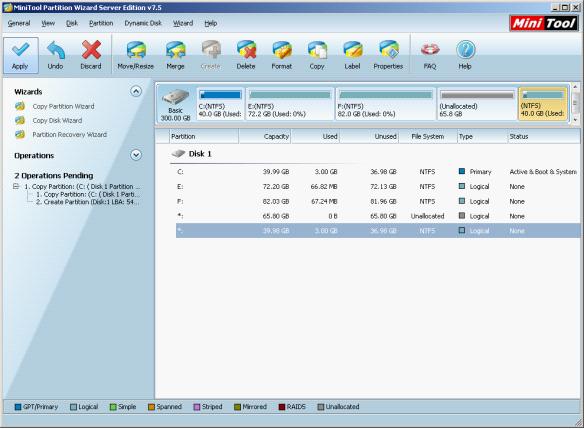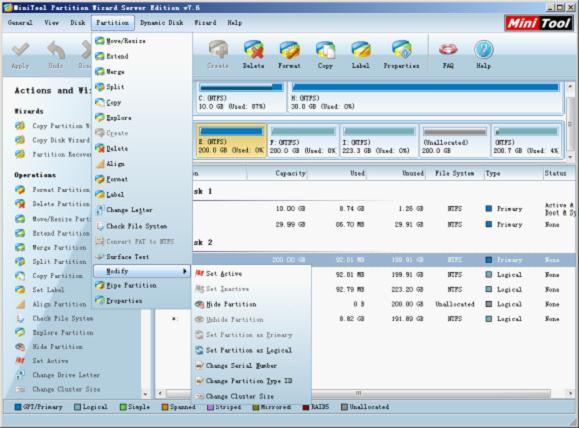
Don't forget to issue the gpupdate command on the console of your Server Core box when you want the policy to take effect promptly. You can change this policy by redirecting your Group Policy Editor (gpedit.msc) to your Server Core box ( as described here) or using Group Policies within Active Directory.

It is called Allow remote access to the PnP interface. This policy setting is located underneath Computer Configuration, Administrative Templates, System, Device Installation. You can circumvent this default behavior by enabling remote management of the PnP interface through policies. Device Managerīy default the Device Manager (devmgmt.msc) is read-only.
VOLUME MANAGER SERVER HOW TO
In the mentioned blogpost I explained how to configure WinRM and the Event Viewer MMC Snap-In (eventvwr.msc) in a Windows Vista or Windows Server 2008 box to use these features. Event Log Subscriptions and Event Forwarding might prove even more useful.

Using the Event Viewer Snap-In (eventvwr.msc) is considerably more useful in most scenarios compared to using wevtutil.exe. Event ViewerĪ little while ago I wrote a blogpost on handling events in Server Core. (perfmon.msc) This tool is not available in Server Core and thus cannot be managed remotely. There's one exception though: the Reliability Monitor in the Reliability and Performance folder. The firewall rule will enable you to use the System Tools inside the Computer Management Microsoft Management Console Snap-In (compmgmt.msc). For instance, this will show you how to allow only the local subnet or an IP range of computers to benefit from the enabled rule. If your situation requires special firewall settings you can specify them using the information in my previous post on configuring the Windows Firewall in Server Core.

Netsh advfirewall firewall set rule group="Remote Administration" new enable=yes The command to use on the console of your Server Core box should look something like: Most of the Computer Management Tools can be easily accessed on Server Core by simply opening up the firewall to allow Remote Management and redirecting the Computer Management Microsoft Management Console Snap-In (compmgmt.msc) to your Server Core server. Reliability and Performance (perfmon.msc).The most common remote management scenarios will be based on the Snap-Ins contained in the Computer Management Microsoft Management Console Snap-In (compmgmt.msc) on Windows Vista and Windows Server 2008. While the functionality of version 3.0 of the Microsoft Management Console (MMC) framework has increased to embrace Windows Server 2008, there are some pitfalls in remotely managing your Server Core installations using the most common Snap-Ins.

I feel the best management tools available for Windows Server are Microsoft's own Microsoft Management Console (MMC) Snap-Ins, which have been around since the Windows NT4 Option pack and have been improved in functionality ever since. It prevents you from having to struggle with the command line interface on the console of your Server Core installation, while at the same time benefit from a lot of the new stuff Windows Server 2008 and Server Core have to offer. Remote management of Server Core installations helps you.


 0 kommentar(er)
0 kommentar(er)
